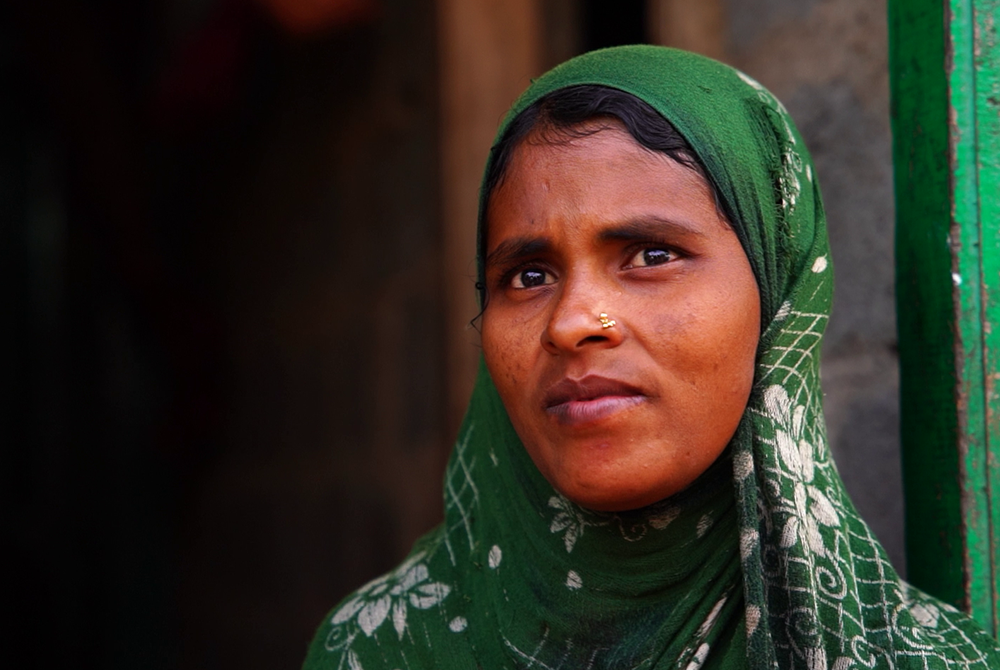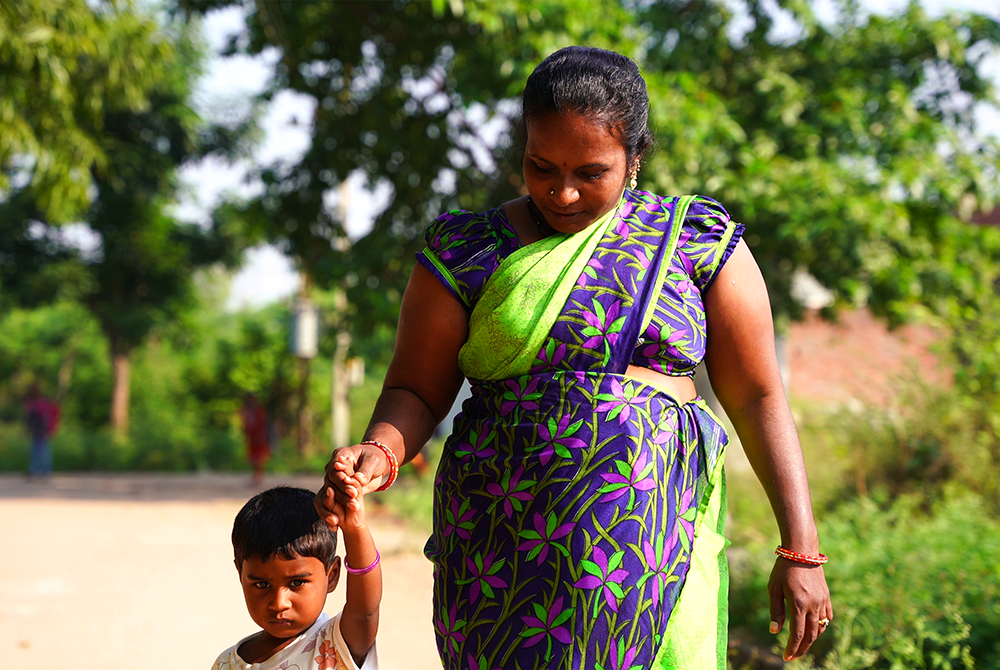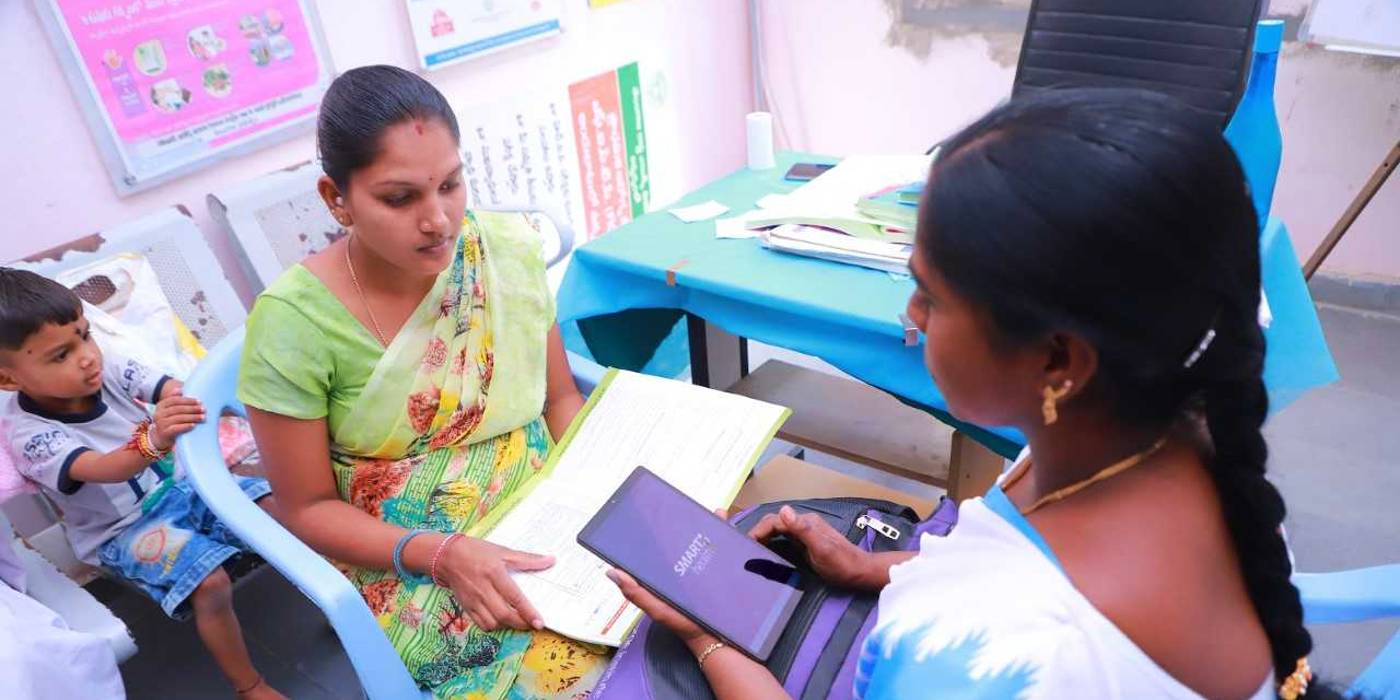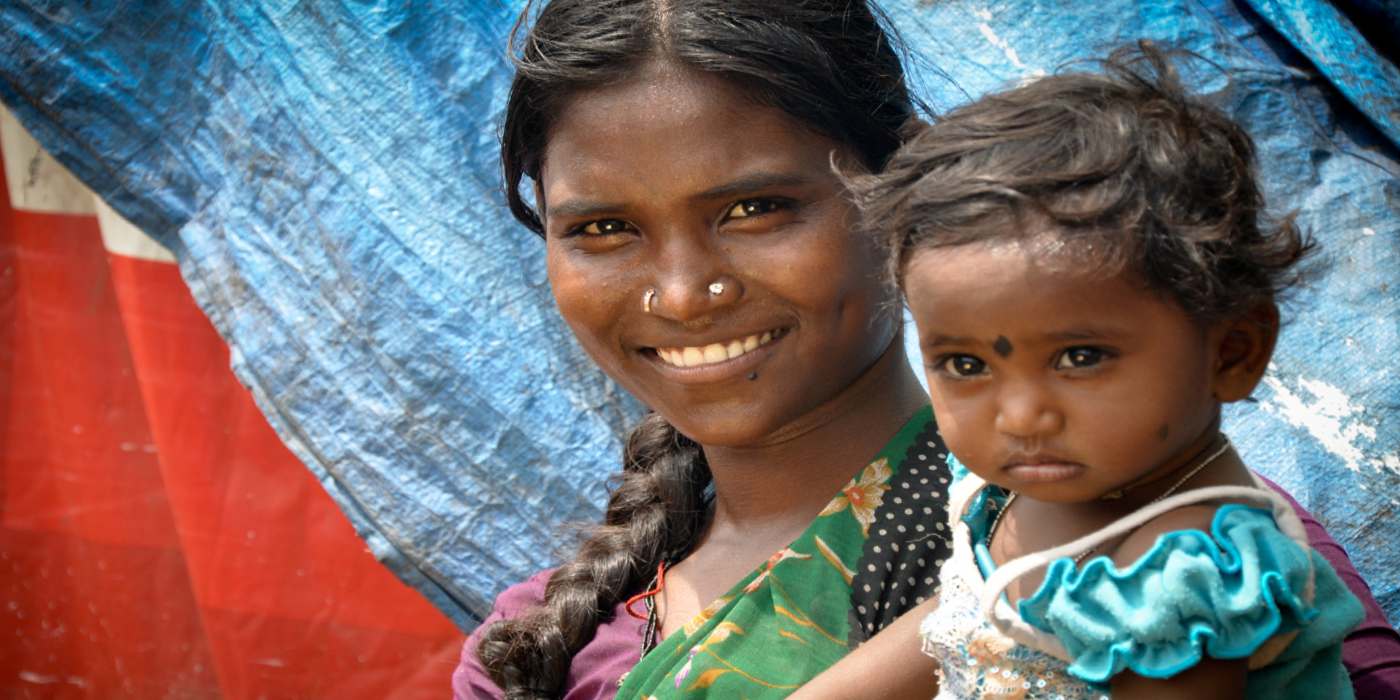
Pregnancy as an opportunity to improve lifelong health
An unequal burden
Despite significant progress in reducing maternal and newborn deaths in India over the last two decades, improvements have not been consistent across the country. Ensuring everyone has access to quality care remains challenging.
Non-communicable diseases (NCDs) are the leading causes of death for women - including those in India - and there is an urgent need for practical solutions to prevent these illnesses that are shortening women’s lives.
The two are inextricably linked - the effect of pregnancy complications on mother and child do not end with the pregnancy. They also place women at increased risk of NCDs in the months and years following birth.

A window into future health
Pregnancy complications such as high blood pressure (or hypertension), gestational diabetes and anaemia increase risks to the mother and baby during pregnancy the world over, including many parts of rural India.
Hypertensive disorders of pregnancy (HDP) put women at double the risk of developing cardiovascular disease compared to those with normal pregnancies. And an estimated one in three will continue to have high blood pressure - the leading risk factor for stroke - within the years after birth.
Gestational diabetes mellitus (GDM), a form of glucose intolerance during pregnancy, affects up to one in six women globally. It significantly increases the risk of developing type 2 diabetes - up to half of those who had GDM will have abnormal blood glucose levels within five years. Theyare also at greater risk of developing cardiovascular disease earlier than others, even if they don’t get diabetes.
Anaemia affects over half of women in India during their pregnancy, and can lead to poor outcomes including maternal deaths, low birth weight or preterm babies and newborn deaths.
Finding evidence-based solutions
Anaemia, HDP and GDM have been identified as priority areas to improve maternal and newborn outcomes in rural India. Intensive diet and exercise programs, lactation and medications can delay or prevent the development of type 2 diabetes after GDM, and screening for diabetes following a pregnancy affected by GDM is therefore recommended.
Screening for and management of hypertension and other cardiovascular risk factors, such as controlling weight, stopping smoking and measuring blood lipids, is also recommended after a pregnancy affected by HDP. But there’s little evidence on how to effectively translate this into practice in low-resource settings like rural India.
The Systematic Medical Appraisal, Referral and Treatment programme for cardiovascular disease prevention and management (SMARThealth) uses innovative mobile health technology to promote evidence-based, clinical decision-support systems.
It enables community health workers to perform risk assessments for various conditions using an app on a low-cost Android tablet. Data are stored securely on a cloud-based server with offline capabilities in areas of limited network connectivity. People at greater risk of these conditions are electronically referred to a health centre for medical review. The health centre doctor has a complementary tablet App which communicates with the secure server and is given more complex clinical decision-making support, including suggested medication management, based on national and international guidelines.
My health improved, my blood pressure stabilised, and I was able to carry the pregnancy to term. I feel much better now, both physically and mentally. I no longer live in fear.
By:Sravanthi
SMARThealth user
Working with communities to remove barriers
SMARThealth also strengthens the skills of community health workers, known as ASHAs (Accredited Social Health Activists) in India, and improves community-level identification, diagnosis, referral and management of women with anaemia, diabetes and hypertension during pregnancy and in the year after birth.
In rural India, as in many settings, women would have to attend antenatal appointments in a clinic or hospital to have any high-risk conditions detected. This often involves travel and incurs cost that many cannot afford. Instead, it is hoped screening by community health workers in the woman’s village or home can be a practical way of improving the detection of those with high-risk conditions, ensuring timely referral, and access to evidence-based management.
The knowledge and skills I have gained through this program have not only helped me grow but have also made a positive impact on my community. Seeing people live healthier lives because of my efforts is what keeps me going every day.
By:Navaneetha
ASHA Worker
How SMARThealth Pregnancy can make a difference
This research program will assess the impact of supporting ASHAs to identify pregnant women with high-risk conditions. Researchers will measure the prevalence of anaemia during pregnancy and of care-seeking for follow-up after a pregnancy affected by diabetes or hypertension. The work will produce the first evidence from rural India on the benefit of targeted high-risk pregnancy screening using ASHAs and the value of extended follow-up after birth.
We hope to show that this can reduce the widespread problem of anaemia among women in India and involve those who develop GDM or HDP in screening for diabetes and hypertension.
The SMARThealth Pregnancy intervention is also supporting government efforts to reduce anaemia rates in India by improving the ASHAs understanding and their ability to test for anaemia when they regularly visit women in their homes.
We’re looking at how this program can be scaled up to address the burden of NCDs in women in other countries and calling on governments to adopt a life-course approach to women’s health. Ahead of the UN high level meeting on NCDs in September 2025, we’re asking for NCD services to be integrated into routine services such as those addressing maternal health like SMARThealth Pregnancy.
Now, in our own village, surrounded by our own people, this program has been successful without us having to go anywhere. It is incredibly useful for those who don’t have money.”
By:Rajitha
SMARThealth user
OUR SMArtHealth pregnancy researchers

Pregnancy care is a vital opportunity to improve women’s lifelong health. Our program has helped community health workers connect over 10,000 women to essential healthcare during and after pregnancy.

Because our services are home-based, we've been able to support women from a wide range of social backgrounds who may have faced challenges in accessing timely care.
SMARThealth projects
Key research projects The George Institute is conducting using the SMARThealth platform.
We transform women’s health through research that improves care, promotes early detection, and advances gender equity worldwide.
Support our work in women’s health today to make a real difference to women and girls around the world.




